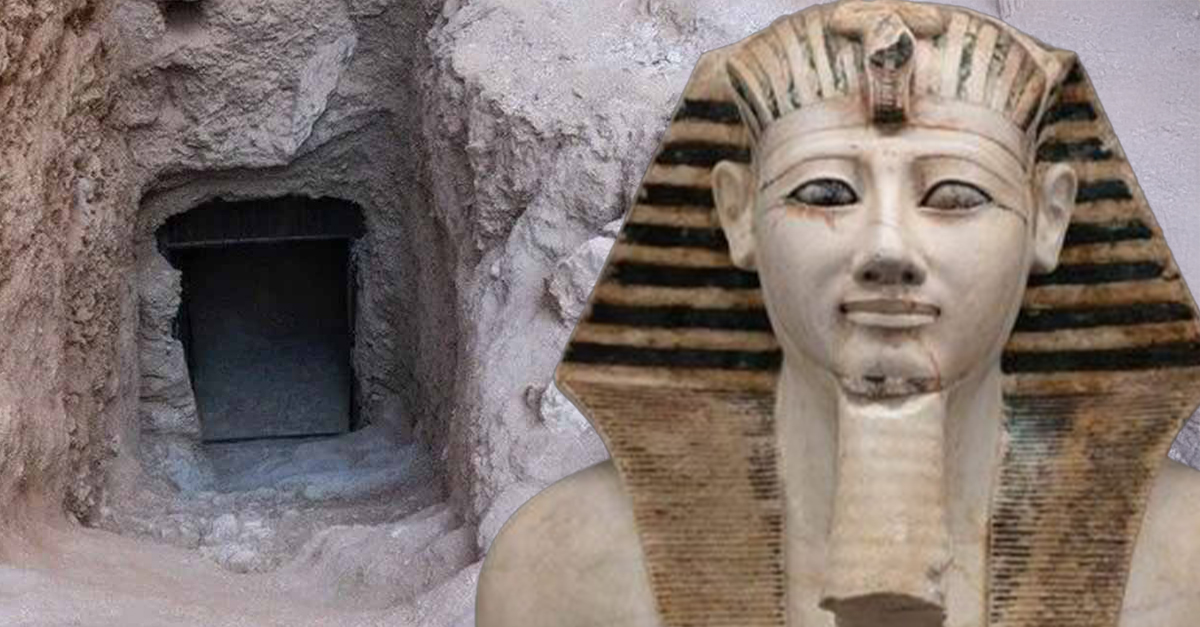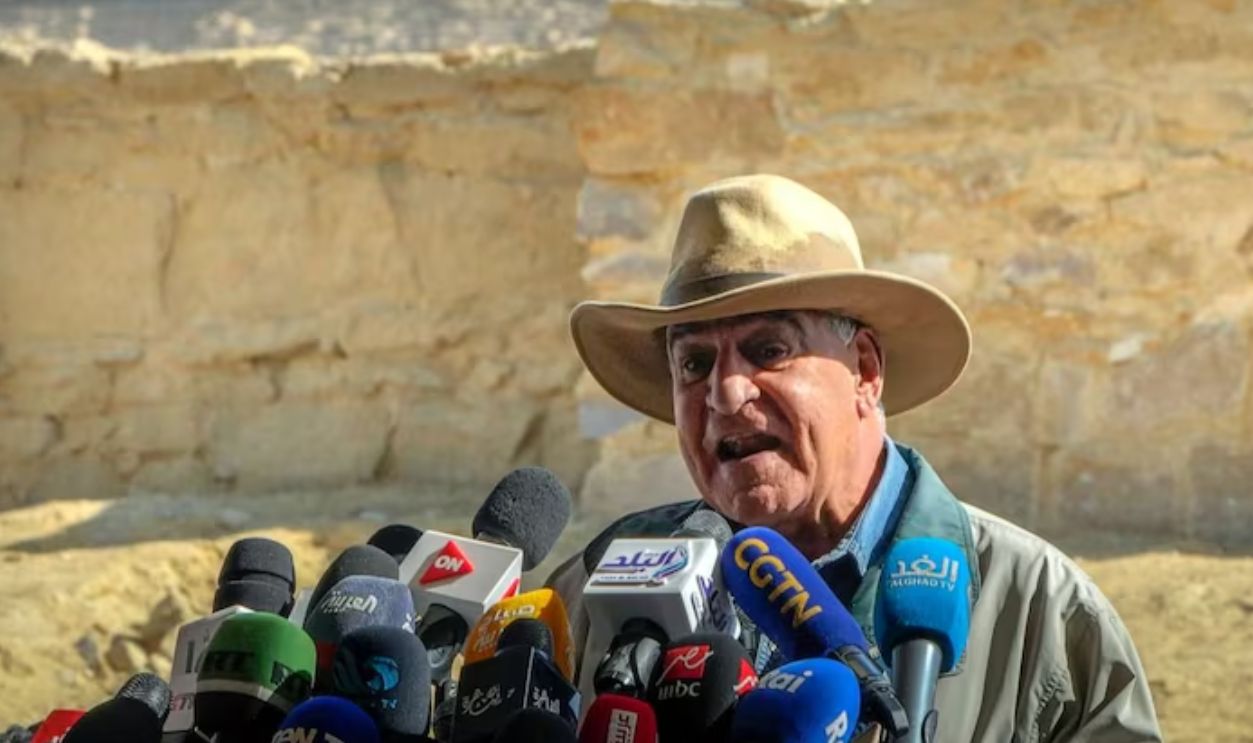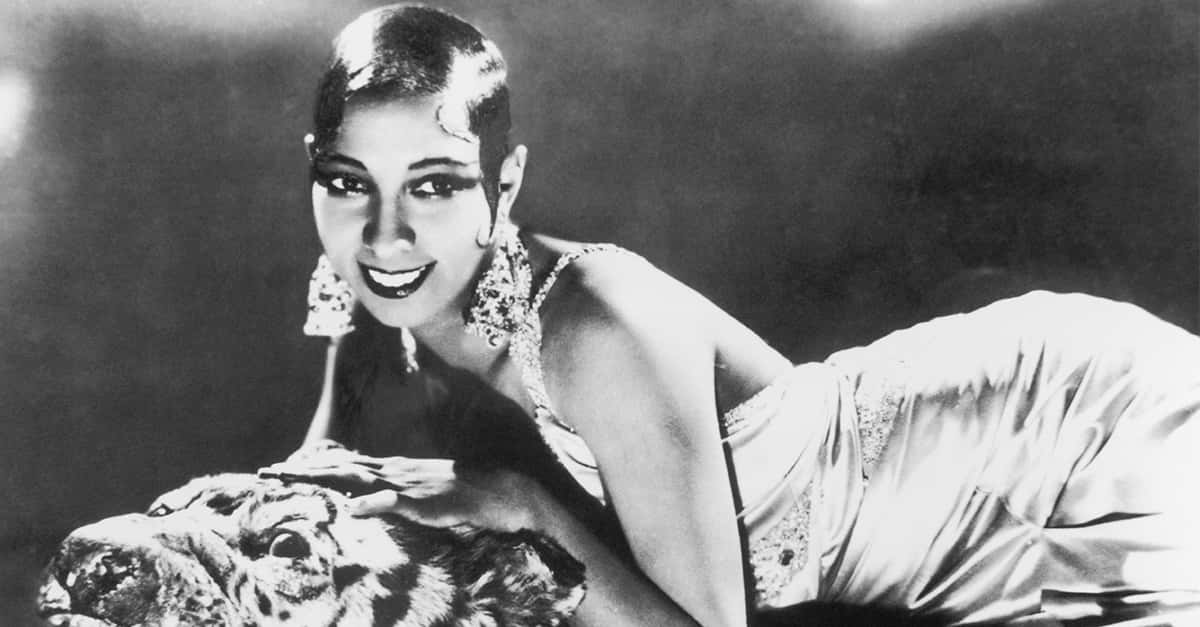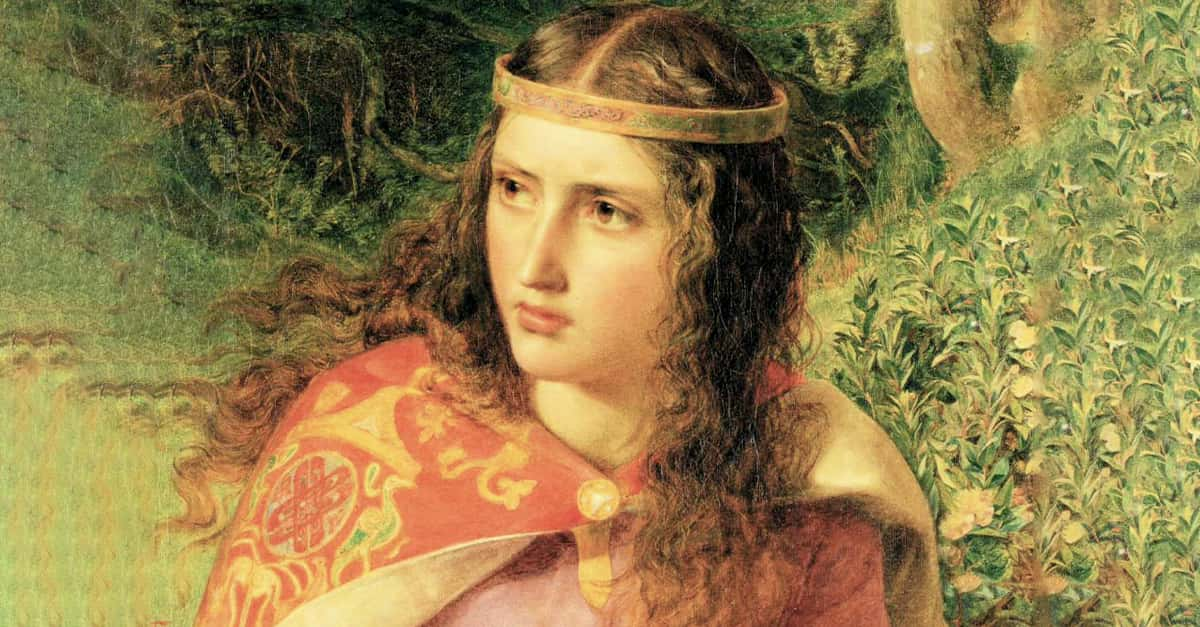In early 2024, Egyptian and British archaeologists announced the identification of the long-lost tomb of Pharaoh Thutmose II near Luxor’s famed Valley of the Kings. The find, buried deep in the Theban hills, is being hailed as the most significant royal tomb discovery since King Tutankhamun. It offers rare insight into one of ancient Egypt’s most mysterious pharaohs.
How The Tomb Was Found
The tomb was uncovered after a decade-long survey project led by Egypt’s Supreme Council of Antiquities in collaboration with the University of Cambridge. Researchers used ground-penetrating radar and satellite imaging to pinpoint a chamber hidden beneath collapsed rock. Initial excavations revealed sealed doorways, richly painted walls, and inscriptions identifying the tomb’s owner as Thutmose II.
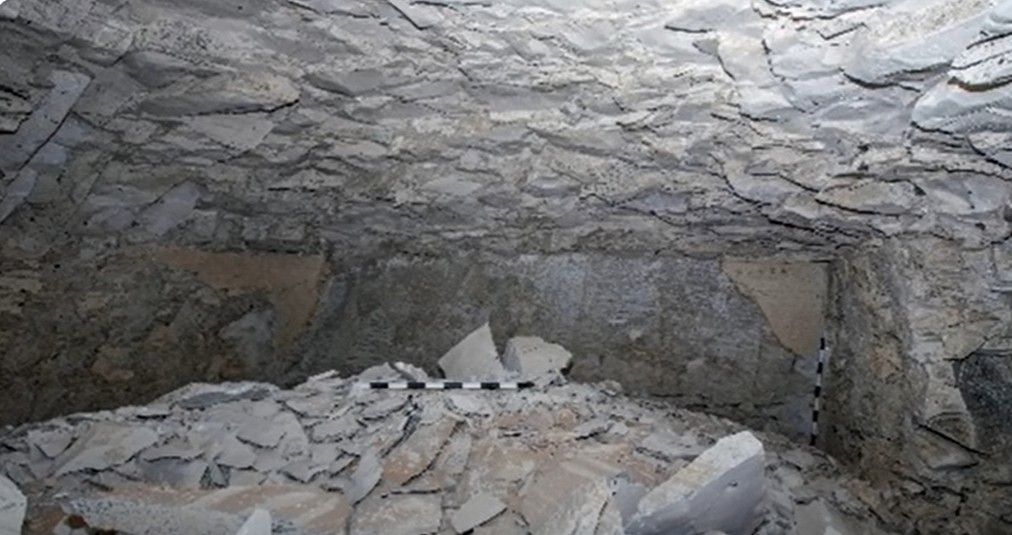 Egyptologists Discover NEW Pharaoh's Tomb After 100 Years, Dig It With Raven, YouTube
Egyptologists Discover NEW Pharaoh's Tomb After 100 Years, Dig It With Raven, YouTube
Who Was Thutmose II?
Thutmose II ruled Egypt around 1493 to 1479 BC, during the 18th Dynasty. Though overshadowed by his wife and co-regent Hatshepsut, he played a key role in maintaining Egypt’s early imperial ambitions. Historical records about his reign are limited: until now, no definitive burial site had been attributed to him. This tomb fills an important gap in Egypt’s royal history.
Remarkable State Of Preservation
Despite being over 3,000 years old, the tomb is in astonishing condition. The main burial chamber contains vibrant wall paintings, golden funerary objects, and a nearly intact sarcophagus. Unlike many royal tombs looted in antiquity, Thutmose II’s final resting place appears to have escaped large-scale plundering, likely due to its remote and hidden location.
Royal Artifacts And Hieroglyphs
Inside the tomb, archaeologists found a wealth of artifacts, including ceremonial weapons, canopic jars, jewelry, and ornate statues of deities like Osiris and Hathor. Hieroglyphic inscriptions confirm Thutmose II’s identity and trace his lineage back to Thutmose I. These inscriptions also contain funerary spells and religious texts, offering scholars new material for interpreting New Kingdom beliefs.
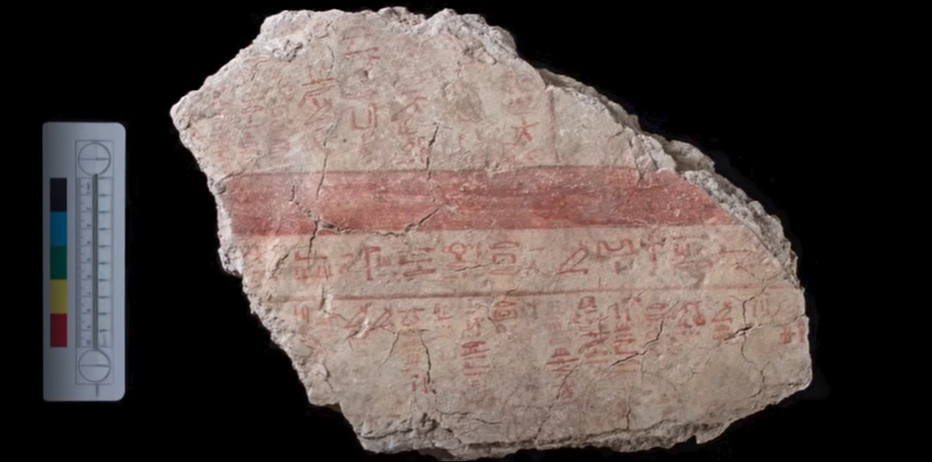 Egyptologists Discover NEW Pharaoh's Tomb After 100 Years, Dig It With Raven, YouTube
Egyptologists Discover NEW Pharaoh's Tomb After 100 Years, Dig It With Raven, YouTube
Evidence Of Hatshepsut’s Influence
Interestingly, several wall reliefs and inscriptions mention Queen Hatshepsut, suggesting she may have overseen the tomb’s construction or decoration. As one of Egypt’s few female pharaohs, she had great influence during Thutmose II’s reign and beyond. These references may offer new insights into their political relationship and the early foundations of her later rule.
Excavation And Conservation Efforts Underway
The discovery has triggered a major conservation initiative. Teams are now working to stabilize the structure, document the artwork, and preserve the fragile contents. Advanced imaging and 3D scanning are being used to digitally map the tomb, allowing scholars and the public to explore its chambers without damaging the physical site.
Historical Significance Of The Find
This tomb helps complete the story of a ruler who, until now, was mostly known through fragmented records and secondary monuments. It provides crucial evidence about burial practices, religious customs, and the art of royal tomb construction during the early 18th Dynasty. Many Egyptologists see it as a missing piece in the lineage that led to later pharaohs like Akhenaten and Tutankhamun.
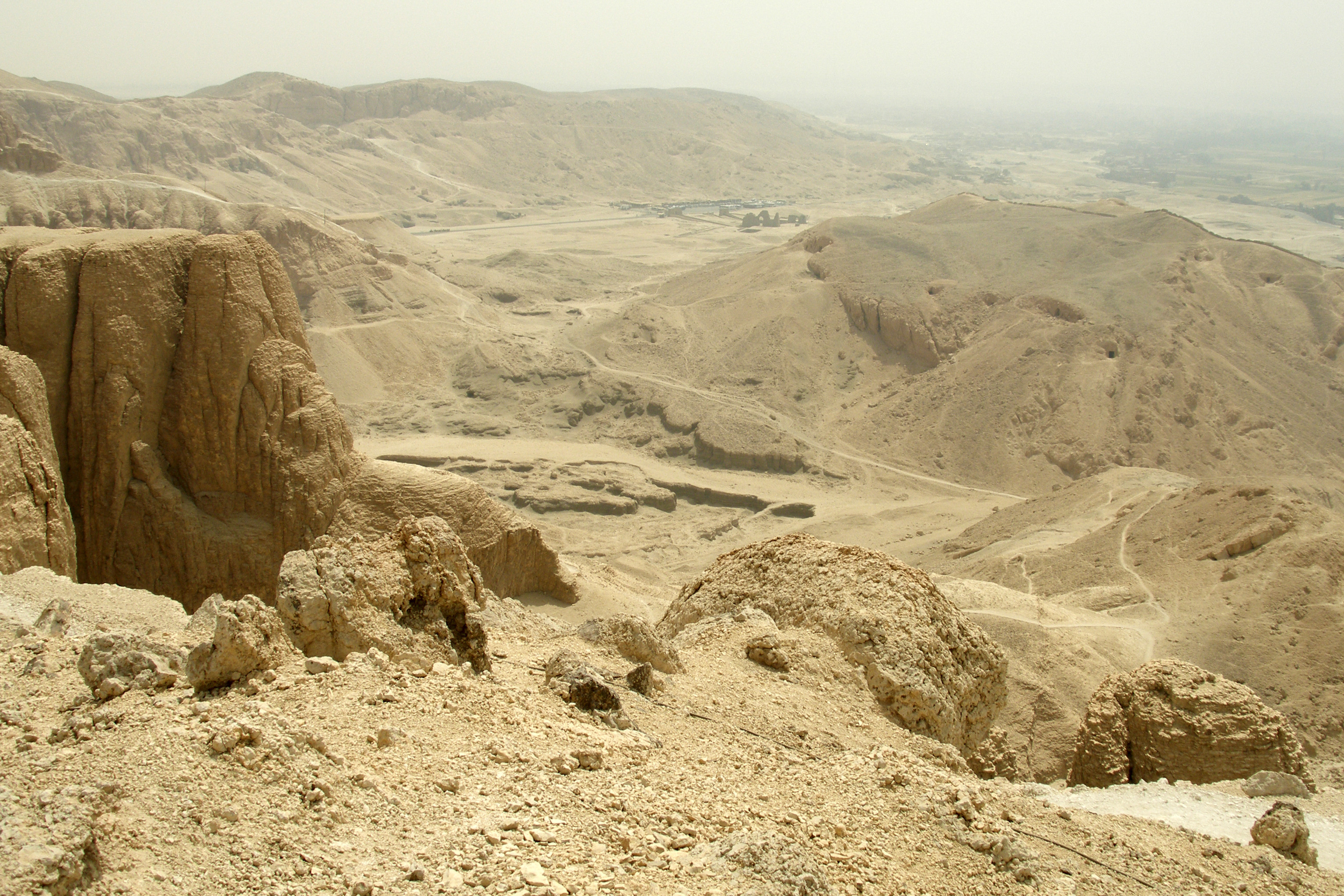 Vyacheslav Argenberg, Wikimedia Commons
Vyacheslav Argenberg, Wikimedia Commons
Global Interest And Future Research
The discovery has attracted international attention from historians, archaeologists, and museum curators. Scholars hope further excavation will uncover additional chambers or clues about Egypt’s royal family. The tomb is already being compared to Howard Carter’s discovery of King Tut in 1922, both for its condition and its potential to reshape our understanding of ancient Egypt.
A Pharaoh’s Legacy Comes Into The Light
The discovery of Thutmose II’s tomb near Luxor is a watershed in archaeology. Hidden under the desert for millennia, the tomb now shines a light on a pharaoh whose legacy was nearly lost. As researchers explore its secrets, the tomb promises to deepen our knowledge of ancient Egyptian civilization.
You May Also Like:
Astonishing Facts About The Diary That Unlocked The Riddle Of The Pyramids
Unearthed Facts About Ancient Egypt's Most Disturbing Secrets

